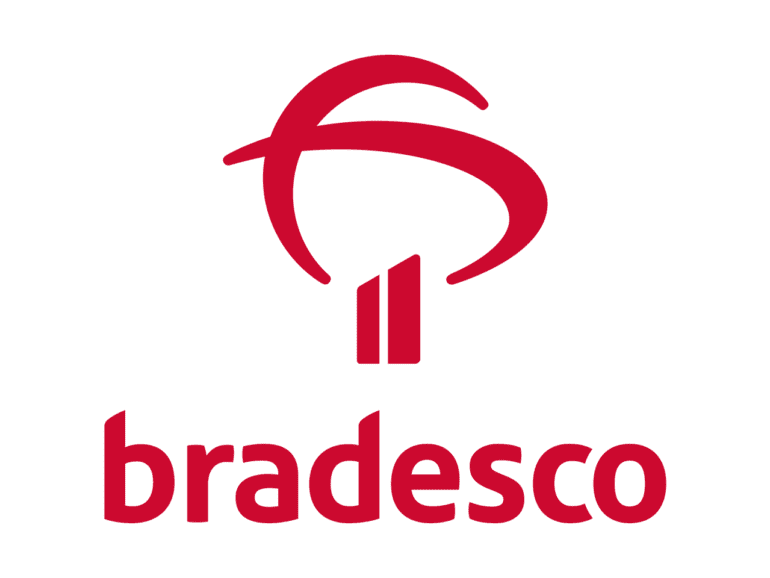Banco Bradesco, a massive player in Brazil’s loan market, has announced plans to expand its services in Mexico, Latin America’s second-largest economy and one of the least banked populations.
Founded in 1943, Bradesco is one of Brazil’s banking behemoths. The publicly traded company has almost 3,000 branches and a headcount of roughly 90,000 employees. Until now, its retail banking products had little international expansion, as the primary focus was mainly on its home country.
This time, however, the plan could be different. The traditional banking major is not looking to replicate the model that has brought it thus far. On the contrary, it will do so through the convenience of a branchless institution.

Last month, Bradesco announced the acquisition of Mexican financial company Ictineo Plataforma through its subsidiary Bradescard, its credit card issuer in the North American country. The transaction was settled for an undisclosed amount and is a stepping stone for the Brazilian incumbent to expand the reach of its retail banking operation by incorporating new digital products into its offering.
High growth potential
“The acquisition opens a new business front for us with high growth potential,” Octavio de Lazari, the bank’s CEO, said in a statement. “We will have the opportunity to expand our operation, becoming a digital bank to having a greater presence in a relevant market such as Mexico.”
The novel decision from Bradesco comes as rising competitors back home, mainly digital challenger bank Nubank, has rapidly expanded across Latin America. The Sao-Paulo-based fintech, founded in 2013, has mustered almost 65 million clients and is already in operations in Colombia and Mexico.
Related:
The swift expansion of Nubank, analysts say, is encouraging other actors to launch similar operations to replicate that growth. “It is now possible to spend less and incur fewer complexities to expand internationally,” Bruno Diniz, fintech adviser, and author, told Fintech Nexus. “Neobanks have shown that it is possible to expand rapidly across the region in this way.”
In the past few years, traditional banks in Brazil, heavyweight lenders in Brazil’s one trillion dollar loan market, have reckoned on the emergence of lighter competitors. They have countered by massively downsizing their branch networks while at the same time boosting a variety of digital initiatives to stay on top of the competition.
Building expertise
For that matter, Bradesco has been building expertise in digital products in the past few years, able to draw clients through online channels.
In 2017, it launched a digital bank in Brazil called Next, which as of the second quarter of this year, had reported 12.2 million customers, more than doubling in size from the 5.4 million clients booked in the year-ago period. It has also launched Agora, an online investment platform, and bought Digio, a digital bank.
But the expansion in Mexico represents a fresh new opportunity. Through the purchase of Ictineo, Bradesco is looking to offer digital accounts, payroll loans, and investment services in the North American market.
Although Latin America generally lags in financial inclusion, Mexico is far below the average of the largest economies in terms of adults with traditional bank accounts.
“In Mexico, only 11% of the population over 18 years of age has a credit card,” Ernesto Calero, general manager at the country’s fintech association, told Fintech Nexus. “This represents an enormous opportunity to serve segments of the population that have remained outside the financial sector.”
Catering to underserved
Catering to the underserved segments of the population appears to be paying off. Last month, Nubank announced it had expanded its customer base sixfold in the country, reaching a total of 2.7 million customers in the second quarter of 2022 from 0.4 million in 2021.
“Targeting the underbanked is one of the strategies that has made these digital finance companies thrive,” Calero said. Almost half of Nubank’s clients in Mexico did not have a credit card before, and he said 63% of them are younger than 35 years old.
The new regulation also paves the way for foreign companies entering Mexico. According to Diniz, a fintech adviser, new structures for digital endeavors are legal vehicles that make it all the more attractive for non-local players to consider an expansion.
“Before, acquiring a banking institution with a physical network would be the only possible path,” he said. “Today, there are simpler processes that allow the development of expansion strategies without the need to incur so much cost and complexity from an M&A point of view.”


